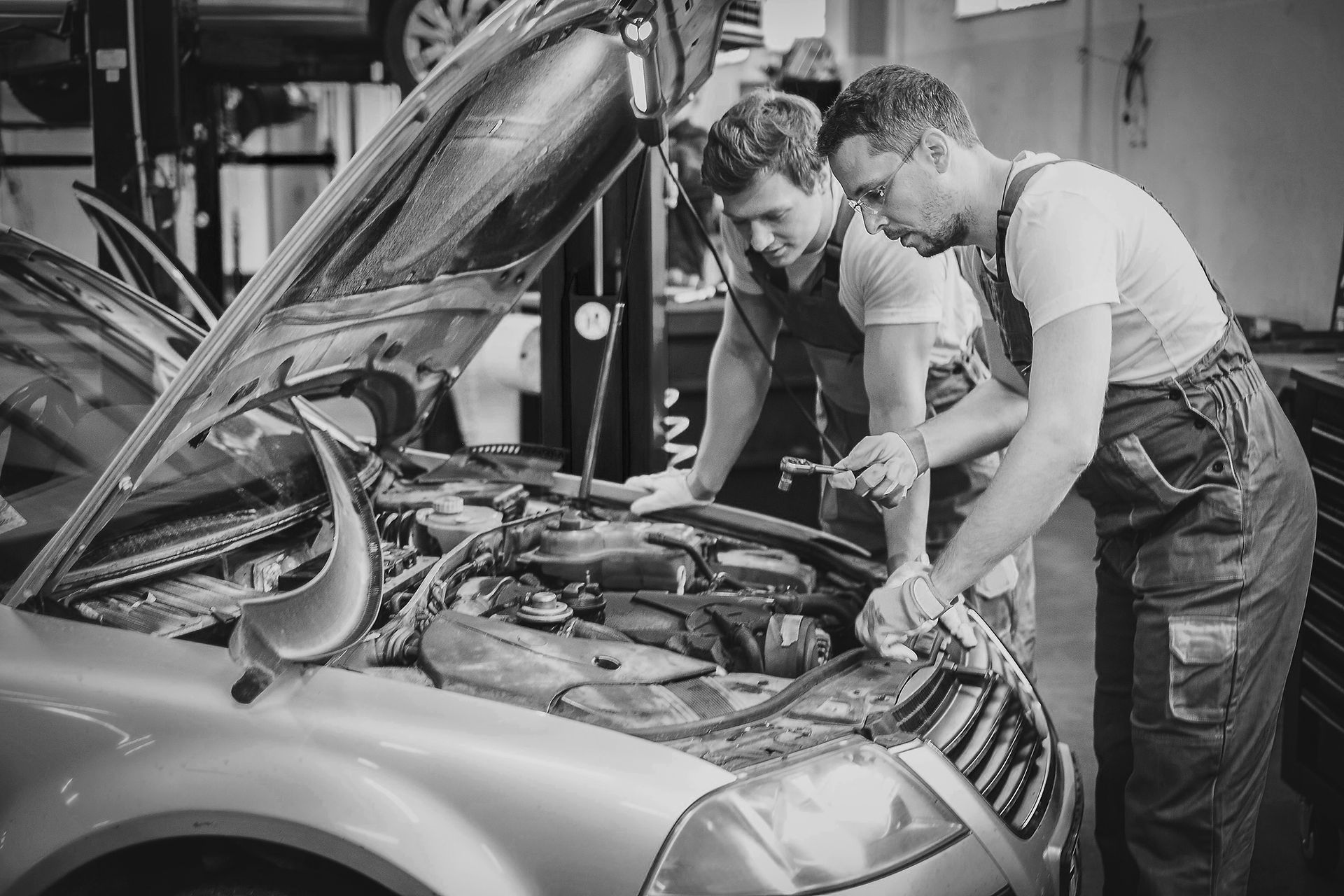What are the five basic components of an air brake system?
- Brenda Cass

- Mar 15, 2023
- 3 min read
Compressor
Air Storage Tank
Air Brake Chamber
Brake Lines
Brake Pedal

Air brake systems are a crucial part of the operation of heavy-duty vehicles like trucks, buses, and trains. They provide reliable and efficient braking power to help these vehicles stop safely and effectively. However, the air brake system is only as good as its components. In this blog post, we will explore the five basic components of an air brake system and how they work together to ensure that the vehicle can stop safely.
Compressor:
The air compressor is the heart of the air brake system. It compresses air and sends it to the air storage tank to be used for the brake system. The compressor is driven by the engine of the vehicle or by an electric motor. The compressor typically operates on an on-off cycle, automatically turning on when the air pressure in the storage tank drops below a certain level and turning off when the pressure reaches the desired level.
Air Storage Tank:
The air storage tank is where the compressed air is stored until it is needed for the brake system. It is usually located near the compressor and can hold several gallons of compressed air. The air storage tank is equipped with safety valves that release excess air if the pressure in the tank becomes too high.
Air Brake Chamber:
The air brake chamber is a device that converts the energy from compressed air into mechanical force that applies the brakes. The chamber contains a diaphragm that separates the chamber into two sections. When air is supplied to one section of the chamber, it pushes the diaphragm and applies the brake. When air is released from the chamber, a spring pulls the diaphragm back, releasing the brake.
Brake Lines:
The brake lines are the pipes that carry the compressed air from the air storage tank to the air brake chamber. They are typically made of steel or copper and are designed to withstand high pressure. The brake lines are connected to the air storage tank by a supply line and are connected to the air brake chamber by a service line.
Brake Pedal:
The brake pedal is the component that the driver uses to activate the brake system. When the driver presses the brake pedal, it sends a signal to the air brake system to release the compressed air from the storage tank and apply the brakes. The brake pedal is connected to a valve that regulates the flow of air to the brake system.
These five components work together to provide a reliable and effective air brake system. When the driver presses the brake pedal, the air brake system releases compressed air from the storage tank into the brake lines, which then activates the air brake chamber. The air brake chamber converts the energy from the compressed air into mechanical force, which applies the brakes and slows down the vehicle.
It is essential to maintain and inspect each of these components regularly to ensure that the air brake system is functioning correctly. A failure in any of these components can lead to brake failure, which can be disastrous. A failure in the compressor or air storage tank can result in insufficient compressed air, while a failure in the brake lines can lead to a loss of air pressure. A malfunctioning brake pedal can lead to delayed or inadequate braking power.
In summary, the five basic components of an air brake system are the compressor, air storage tank, air brake chamber, brake lines, and brake pedal. Each component plays a crucial role in providing reliable and effective braking power to heavy-duty vehicles. Regular maintenance and inspection of these components are necessary to ensure that the air brake system is functioning correctly and safely. As a driver, it is essential to understand how the air brake system works and to follow proper braking procedures to ensure your safety and the safety of others on the road.
Let us help you with your Air Brake Systems! Visit us at superiordieselcompanies.com































Comments